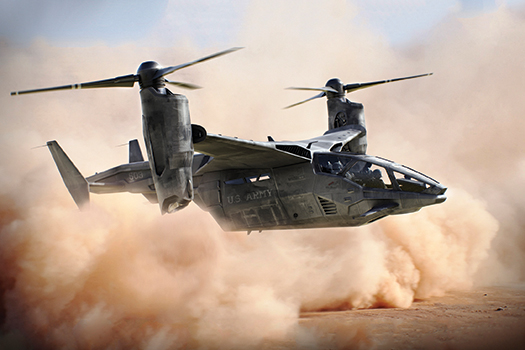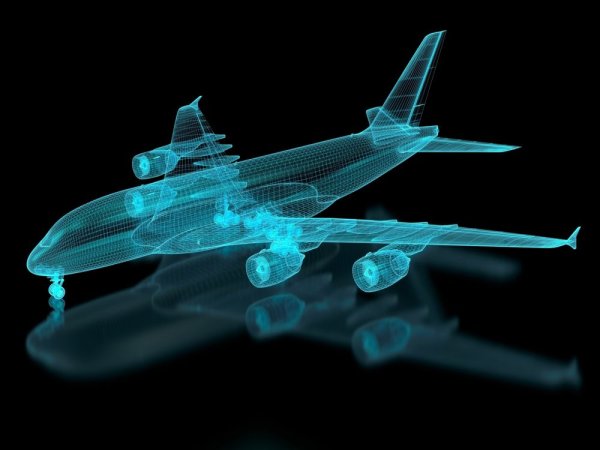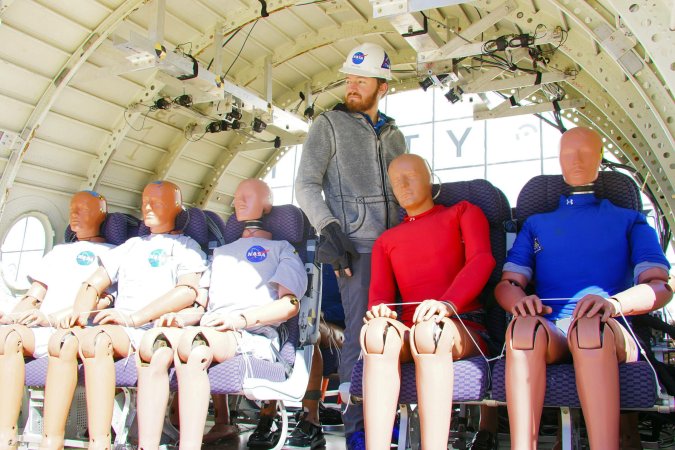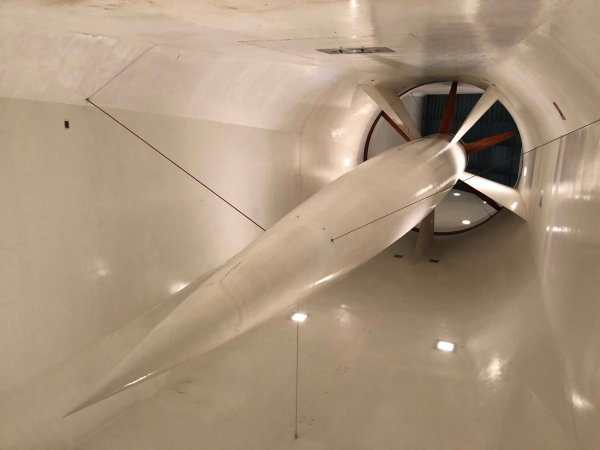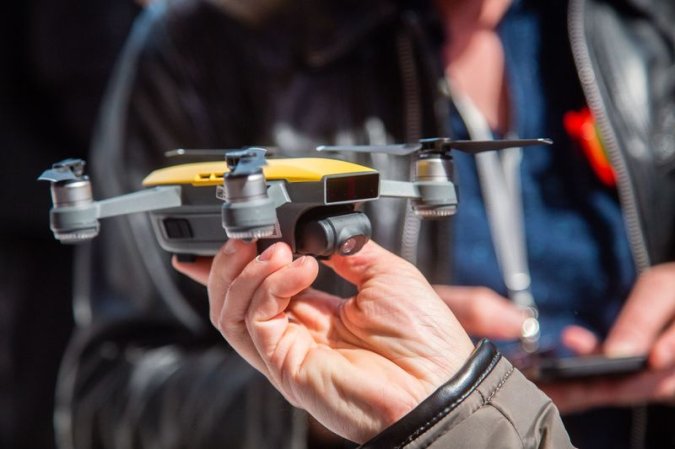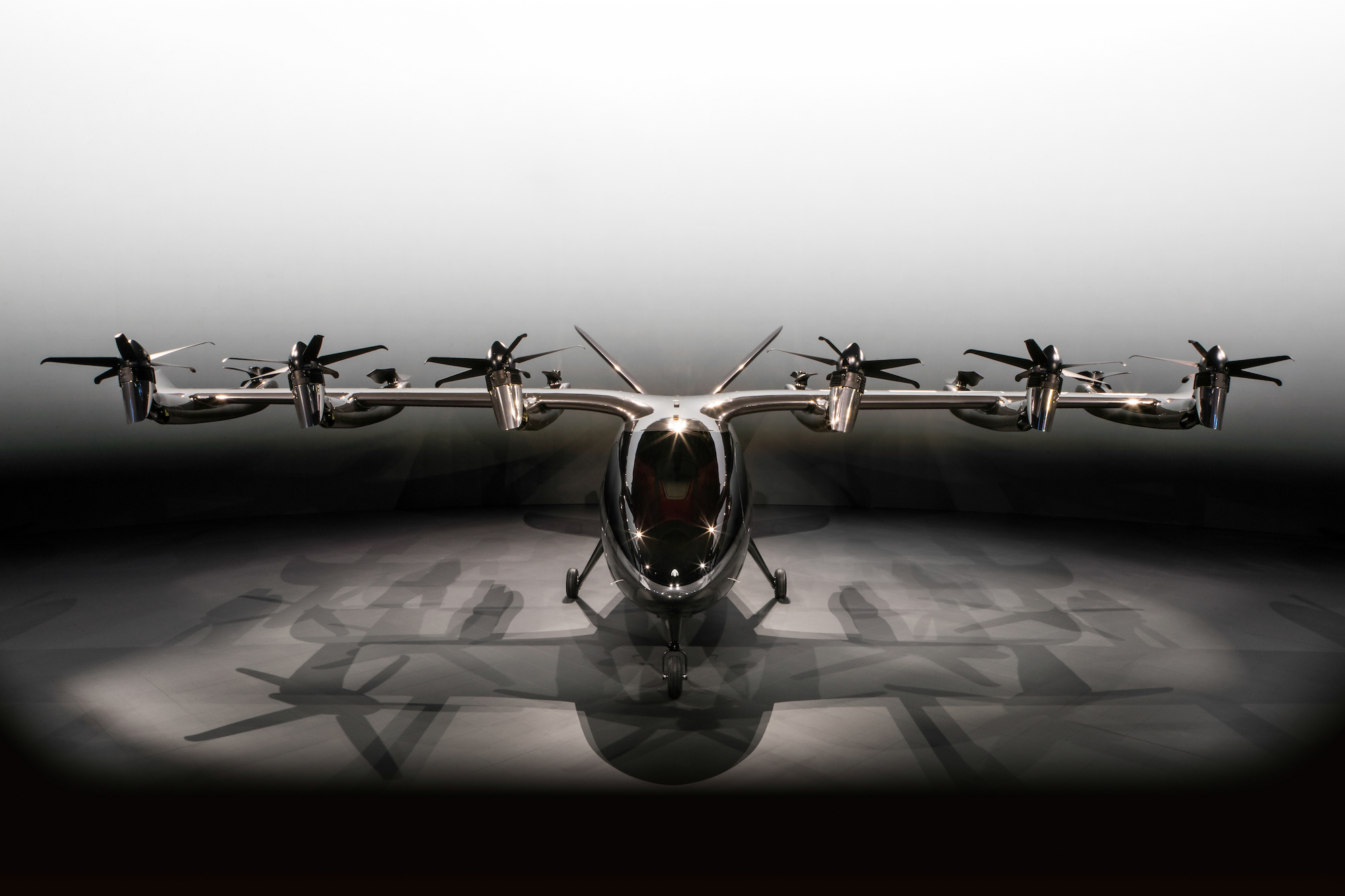

Last night in Hawthorne, California, aviation startup Archer unveiled its prototype for an electric air taxi.
Dubbed the Maker, the aircraft is theoretically capable of holding two people, but will only be used as a non-passenger test vehicle while the company works on a bigger air taxi. It’s a prototype—a stepping stone towards a future in which folks might hop into quiet electric air taxis for short flights to commute or just go somewhere fun. That’s the dream that Archer, and other companies, hopes becomes a reality.
This 40-foot-wide, roughly 3,300 pound flying machine boasts a whopping 12 propellers. The six located in front of the wing serve as the aircraft’s dynamic workhorses. They can tilt. As a vertical take-off and landing (VTOL) aircraft, this plane can rise like a helicopter with the propeller blades oriented near parallel to the ground, to direct their thrust downwards. Then, when the craft is in forward flight, the same five-bladed propellers are in a more standard position to propel the vehicle through the air. That’s similar to how existing tilt-rotor aircraft, like the V-22 Osprey and the V-280 Valor, work, although they’re not electric.
The blades on those prop-rotors can also change their angle, affecting how much they bite into the air. “They’re variable pitch, so they can be really efficient in both the hover regime and the cruise regime,” explains Geoff Bower, the company’s chief engineer.
[Related: Joby’s electric aircraft inches us closer to a future full of flying taxis]
The other six propellers are located behind the wing. They’re simpler two-bladed affairs, and don’t tilt or change their pitch. “Those are only used during the vertical take-off and transition periods, and then they stop and lock into place,” Bower said. What that means is that they spin to help the plane get off the ground or land, but then stop moving by design and lock in a way so they’re aligned with the air flow moving over the craft as it flies forward. In that sense, they’re something like a traditional plane’s landing gear—used when needed at certain moments of the flight.

Unlike landing gear, however, these rotors don’t retract inside the aircraft when they’re not in use. “It would be better to fly clean without the [stopped] rotors, for sure,” Bower said. But aerospace design is full of trade-offs, and changing this approach would have added more mechanical complexity and weight to those back rotors, Bower explained. Keeping them basic was the best option in this case. “It’s a balance,” he adds.
The Maker aircraft should be able to hit speeds of about 150 miles per hour and travel about 60 miles on one charge, making it a good option for, say, a trip between Ft. Lauderdale and Miami, Florida. Its debut flight should occur later this year, though those first moments in the air will likely involve just a brief hover test. The Maker’s successor (still in the design phase but estimated to fly in 2023) will hold four people plus a pilot, and will boast similar capabilities in terms of speed and range. “It’s probably going to look very similar,” Bower says. “You can think of Maker as a slightly scaled-down demonstrator.” Passengers may be able to fly in it by 2025.
[Related: Tilting rotors could help make Bell’s speedy new aircraft the next Black Hawk]
Archer is just one of several companies trying to usher in a new era of electric flight, which could redirect some traffic from busy city streets to the skies. In a splashy deal between Archer and United Airlines, announced earlier this year, the aviation giant stated it would buy $1 billion worth (as many as 200 planes) of the startup’s. That would happen as soon as “the aircraft are in operation and have met United’s operating and business requirements,” according to a press release. Besides notable competitor Joby, other companies working in the same space include Beta and Wisk.
It’s worth noting that Wisk is suing Archer. Referring to Archer’s aircraft, Wisk said in a statement: “It appears to copy the same design that Wisk developed and submitted in a confidential patent application to the U.S. Patent and Trademark Office in January 2020.” In response, Archer has submitted a motion to dismiss and called the lawsuit “entirely baseless.”
Regardless of the legal proceedings, Archer’s prototype is an exciting teaser of what short-distance electric air travel could look like in the future. Watch the curtain drop below.

